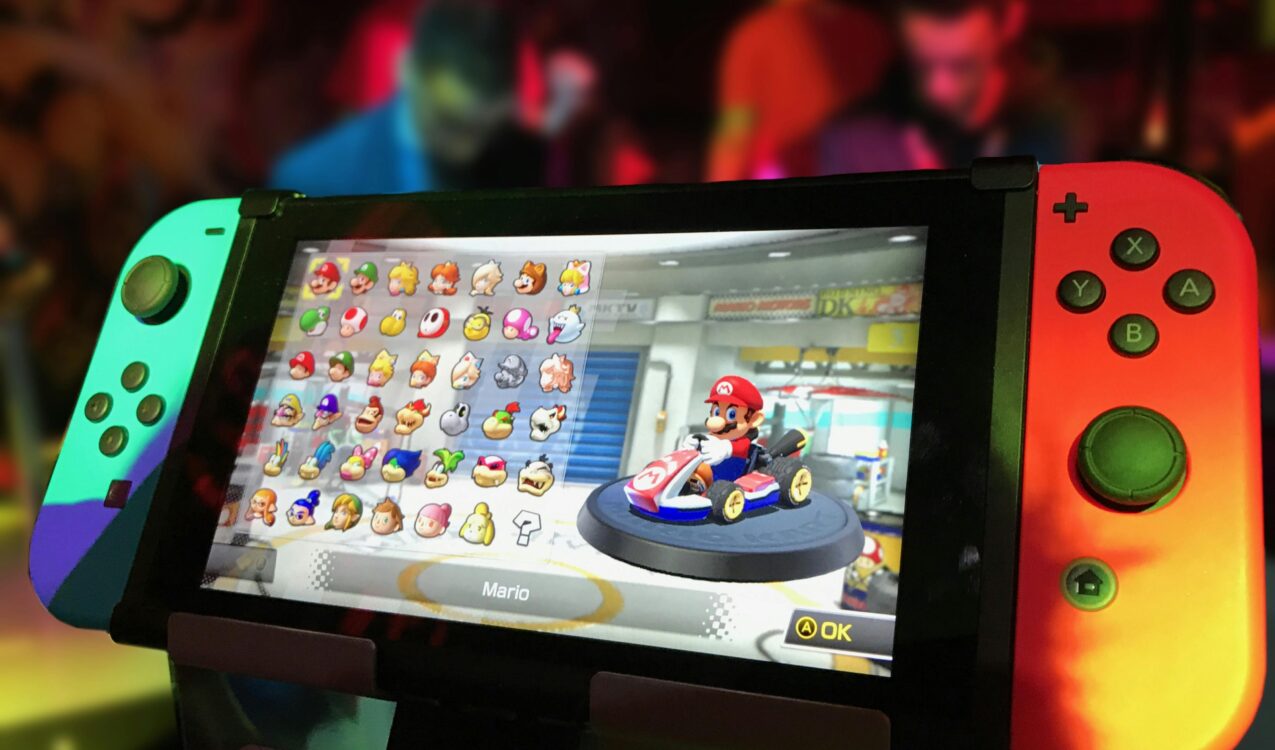Game design is a unique blend of creativity, technical skill, and an understanding of human psychology. At its core, it’s about creating an experience that captivates players, drawing them into another world where they can interact, explore, and achieve goals. The process involves more than just creating beautiful graphics or engaging storylines; it requires a deep understanding of gameplay mechanics, user experience (UX), and the emotional journey of the player. This article explores the essential elements of game design and how they come together to create successful and immersive games.
The Foundations of Game Design
At the heart of game design lies the concept of interactivity. Unlike other forms of entertainment, games require active participation from the audience. This interactivity is what makes games so engaging and, at the same time, challenging to design. A game designer must consider how players will interact with the game’s world, its characters, and its mechanics.
The first step in game design is conceptualization. This is where the designer’s creativity comes into play. During this phase, designers brainstorm ideas, themes, and gameplay mechanics. The goal is to come up with a concept that is not only original but also fun and engaging. The best concepts often come from a deep understanding of what players enjoy, combined with innovative ideas that push the boundaries of traditional gameplay.
Gameplay Mechanics and User Experience
Gameplay mechanics are the rules and systems that define how a game operates. They are the backbone of any game and dictate how players interact with the game world. Mechanics can range from simple actions like jumping or shooting to complex systems like resource management or character development. A well-designed game balances its mechanics to provide a challenging yet rewarding experience.
User Experience (UX) is another critical aspect of game design. UX design focuses on how players feel while interacting with the game. It encompasses everything from the user interface (UI) to the overall flow of the game. A good UX ensures that players can easily navigate the game, understand the mechanics, and immerse themselves in the experience without frustration. It’s about creating a seamless and intuitive experience that keeps players engaged.
The Role of Storytelling in Games
Storytelling is a powerful tool in game design. A compelling narrative can elevate a game from a simple activity to an emotional journey. Stories give context to the gameplay, making the player’s actions more meaningful. They can also create emotional connections with characters and events, making the experience more immersive.
However, storytelling in games is different from other media like films or books. In games, the player often takes an active role in the story, making choices that can affect the outcome. This interactivity can create a more personalized experience, where the player feels like they are part of the story rather than just an observer.
Art and Sound Design
While gameplay mechanics and storytelling are crucial, the visual and auditory aspects of a game play a significant role in creating an immersive experience. Art design involves everything from character models and environments to the color palette and lighting. The visual style of a game can set the tone and atmosphere, influencing how players perceive the game world.
Sound design is equally important. Music, sound effects, and voice acting can enhance the emotional impact of a game, making it more memorable. Good sound design can create tension, excitement, or tranquility, depending on what the game requires. It’s an often-overlooked element, but when done correctly, it can elevate the entire experience.
Testing and Iteration
No game is perfect from the start. Game design is an iterative process that involves constant testing and refinement. Playtesting is a crucial part of this process, where designers observe how players interact with the game and gather feedback. This feedback is invaluable as it highlights what works well and what needs improvement.
Iteration allows designers to tweak and refine the game’s mechanics, UX, and narrative to ensure that the final product is as polished as possible. It’s a process of trial and error, where ideas are tested, revised, and sometimes discarded. The goal is to create a balanced and enjoyable experience that resonates with players.
Conclusion
Game design is a complex and multifaceted discipline that combines creativity, technical expertise, and an understanding of human behavior. It’s about more than just making a game; it’s about creating an experience that players will remember. Whether it’s through innovative gameplay mechanics, compelling storytelling, or stunning visuals and sound, a well-designed game can captivate players and provide hours of entertainment. The key to successful game design lies in understanding the player and crafting an experience that is both challenging and rewarding.





